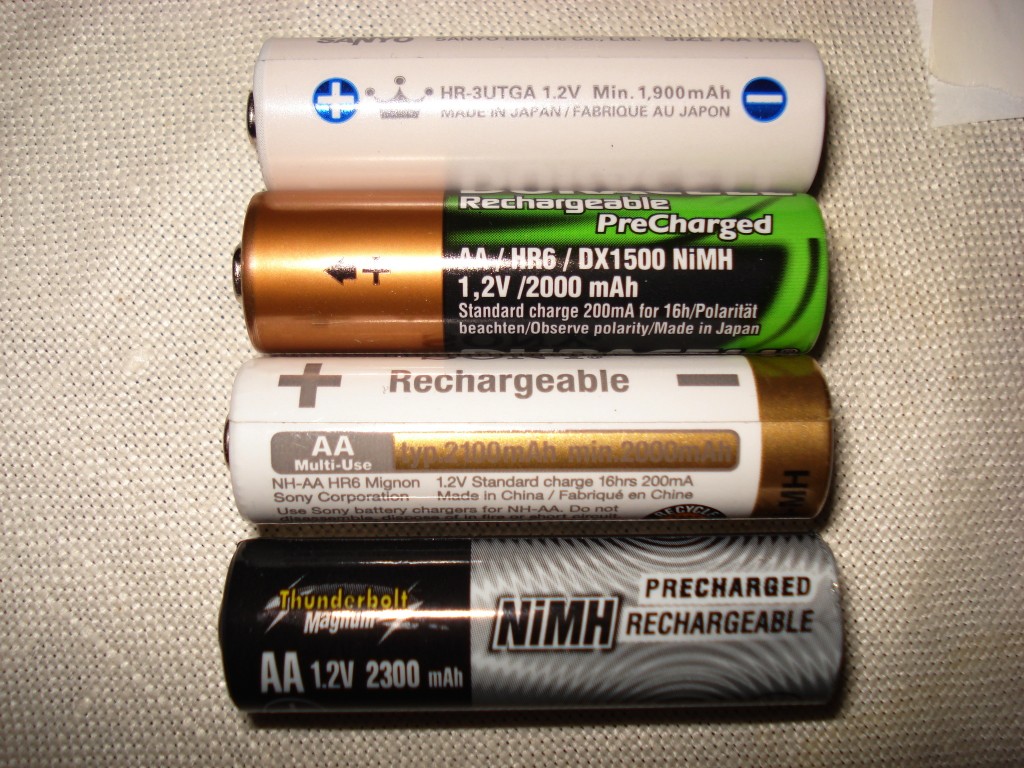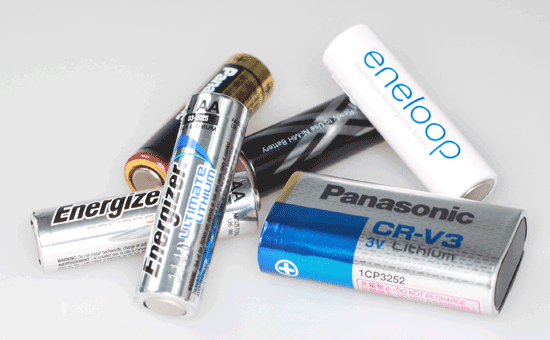
All cylindrical alkaline batteries hold a potential charge of 1.5v. AlkalineĪlkaline batteries are the most widely used batteries on the market and are most notably the cheapest. So, choosing the right battery for your camera, will produce better, longer lasting results. This will create less power to your camera as time goes on, resulting in slower detection speeds, shorter detection distances, and a host of under performing features your camera has. The problem that occurs is in certain batteries, as energy is expunged from the battery, the amount of resistance is increased.

Even the cheapest AA batteries, right out of the box should produce the needed 1.5v. Although its not uncommon for some cameras to run off 6v or 9v systems, many added features such as detection and flash distance, as well as trigger speed and multi burst modes, have moved the market to needing a higher output of energy.Ī 12v system typically requires 8 x 1.5v AA batteries. Meaning they need 12 volts of energy to work at its best levels. Most cameras on today’s market are operating on a 12v system. The same way the combustion engine in you vehicle needs gasoline, your camera needs batteries.

It is pretty obvious that trail cameras need a power source to operate. This study was based on the use of Lithium ion batteries with a 50-50 ratio of daylight to nighttime photos. Overtime I found a few tricks that helped me save battery power, and therefore saved money and time.Īccording to our independent study of trail cameras, on the market in 2022, the average set of batteries had a life span of 53,830 photos. As a broke college student, it was creating a strain on not only my wallet, but on my time going back and forth to change batteries. Aside from price and photo quality, when buying a trail camera the most commonly sought after question is what is the life of a trail camera battery? When I first began running trail cameras a little over a decade ago, I couldn’t keep a set of batteries for more than 2 months.


 0 kommentar(er)
0 kommentar(er)
